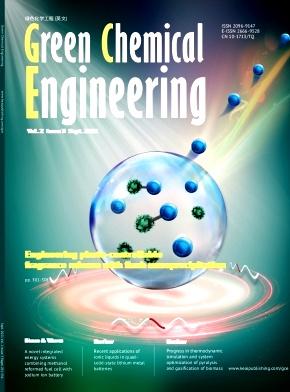基于ffnn的Kamlet-Taft参数预测模型中特征重要性评估的关键评价
IF 7.6
Q1 ENGINEERING, CHEMICAL
引用次数: 0
摘要
Mohan等人开发了一种前馈神经网络(FFNN)模型,利用量子化学衍生的特征来预测Kamlet-Taft参数,取得了显著的预测精度。然而,本研究提出了将预测准确性与特征重要性准确性混为一谈的问题,因为高R2和低均方根误差(RMSE)并不能保证有效的特征重要性评估。依赖SHapley加性解释(SHAP)进行特征评估是有问题的,因为模型特定的偏差可能会歪曲真实的关联。对数据分布、统计关系和通过p值进行显著性检验的更广泛理解对于纠正这一点至关重要。本文提倡采用稳健的统计方法,如斯皮尔曼相关,以有效地评估真正的关联,并减轻特征重要性分析中的偏差。本文章由计算机程序翻译,如有差异,请以英文原文为准。
Critical evaluation of feature importance assessment in FFNN-based models for predicting Kamlet-Taft parameters
Mohan et al. developed a feed-forward neural network (FFNN) model to predict Kamlet-Taft parameters using quantum chemically derived features, achieving notable predictive accuracy. However, this study raises concerns about conflating prediction accuracy with feature importance accuracy, as high R2 and low root mean square error (RMSE) do not guarantee valid feature importance assessments. The reliance on SHapley Additive exPlanations (SHAP) for feature evaluation is problematic due to model-specific biases that could misrepresent true associations. A broader understanding of data distribution, statistical relationships, and significance testing through p-values is essential to rectify this. This paper advocates for employing robust statistical methods, like Spearman's correlation, to effectively assess genuine associations and mitigate biases in feature importance analysis.
求助全文
通过发布文献求助,成功后即可免费获取论文全文。
去求助
来源期刊

Green Chemical Engineering
Process Chemistry and Technology, Catalysis, Filtration and Separation
CiteScore
11.60
自引率
0.00%
发文量
58
审稿时长
51 days
 求助内容:
求助内容: 应助结果提醒方式:
应助结果提醒方式:


